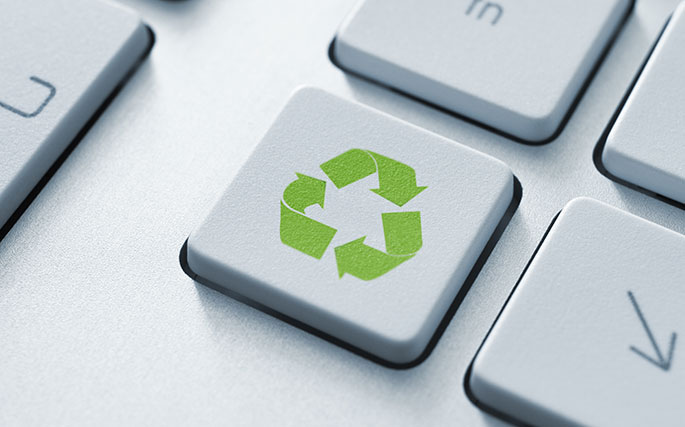
Electronics purchases account for a large portion of Black Friday and Cyber Week sales. What transpires when these electronics are replaced remains a puzzle needing completion. It is difficult to assess the amount of recycling on a global level because the participating players have not agreed on a standard of electronic waste categorization.
Successful electronic recycling depends on overcoming deficiencies in several areas. These include data collection, defining and assigning trade codes, agreement on labeling used electronics and its components, regulatory oversight, and harmonized definitions of end use.
Trade codes for used products facilitate tracking of shipments. Such transparency increases accurate analysis of the export flow and detection of trends. For example, when the Netherlands were able to document 85% of their e-scrap flow, they discovered that 11% was exported for reuse.
This is not to say that there is not progress in effective e-recycling. Global certification of recyclers has improved the reliability of e-recycling. In 2011, there were 100 R2 eStewards certified recyclers. There are over 600 certified companies in 16 countries in 2014.
According to a study published in the ACS journal Environmental Science & Technology, seven developing countries (China, India, and 5 West African nations) receive about 25% of e-waste.
Although this growing industry allows resource-poor countries to upgrade their technology and offers a source of income, it comes with a downside that poses major health risks for the population. Unfortunately, weak environmental regulations and lax enforcement limit protection from toxic waste exposure.
While some countries have their own categorizations of e-scrap; generally, the accepted definition comes from the European Union. The EU defines e-waste as “electrical or electronic waste that includes all components, subassemblies and consumables that are part of the product at the time it is discarded”.
The EU directive places e-waste into 8 categories:
- large household appliances
- small household appliances
- IT and telecommunication equipment
- consumer equipment
- lighting equipment
- electrical & electronic tools
- toys, leisure & sports equipment
- medical devices
In 2005, more than 38 million tons of e-waste were produced. By 2017, it is estimated that 72 million tons will be generated annually. This increase in disposal is the result of increased use globally and the rapid obsolescence of electronic devices.
A concerted effort to develop and accept standardized product coding will advance the integrity and success of global electronic recycling and move us closer to zero waste.














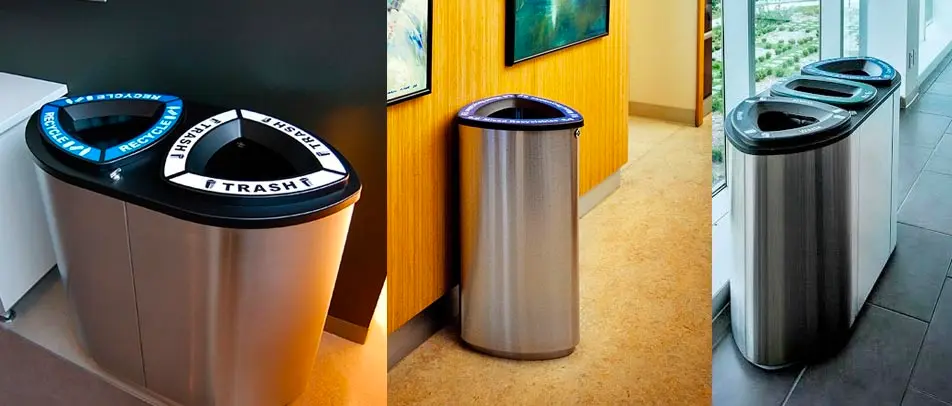
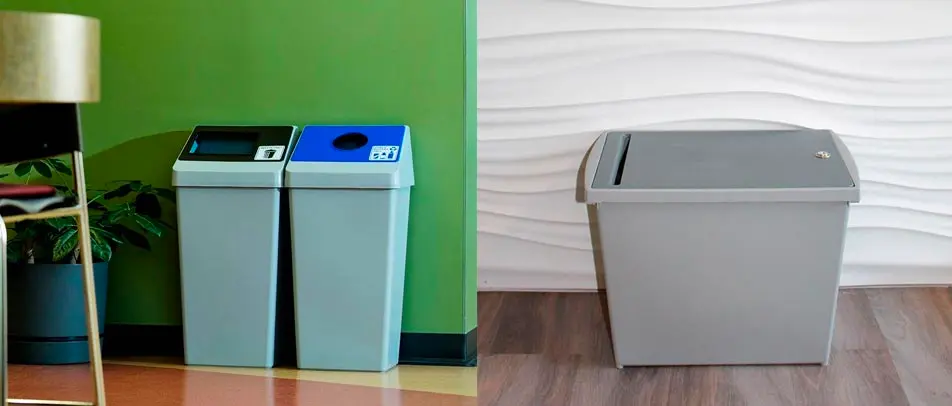


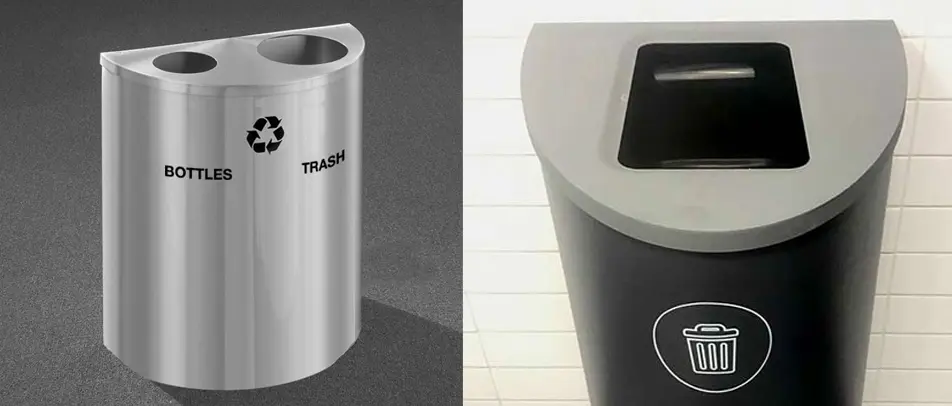


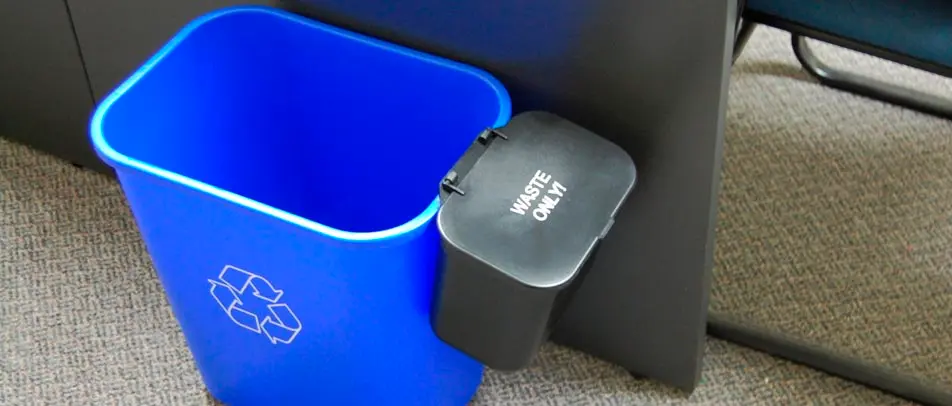
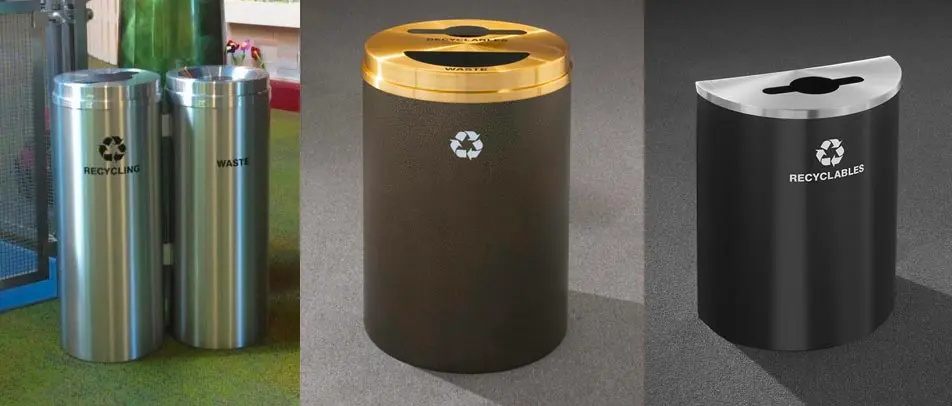
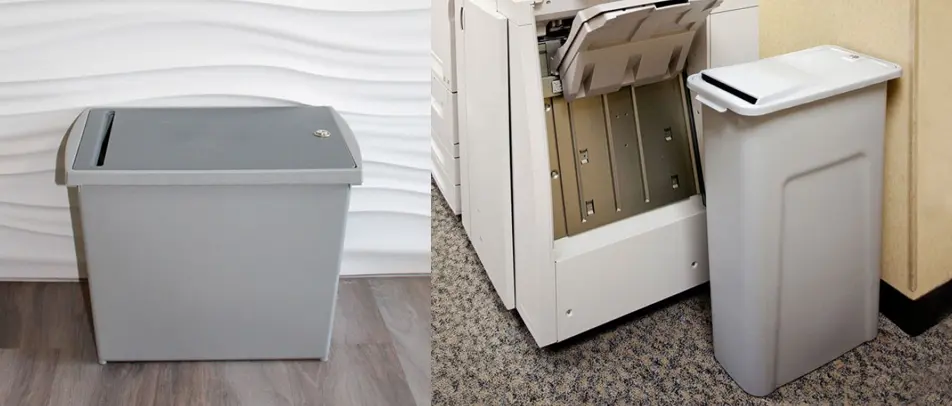

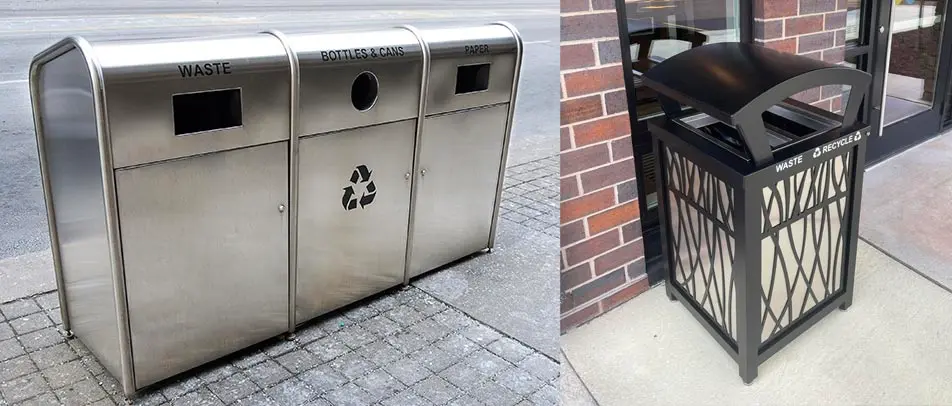



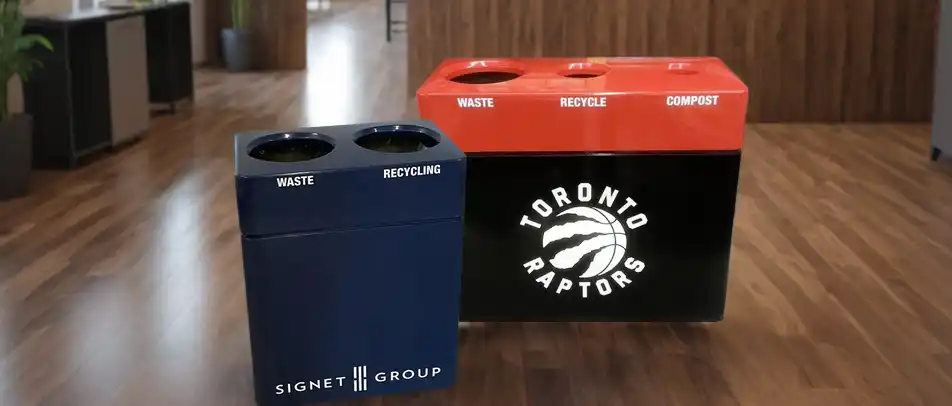



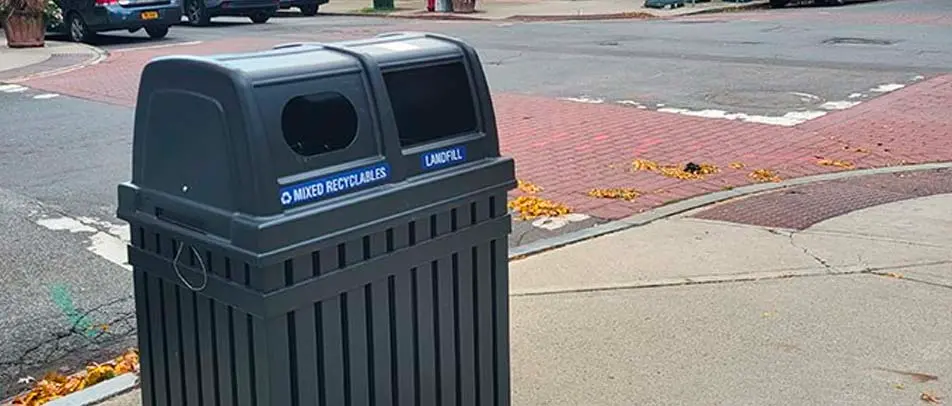
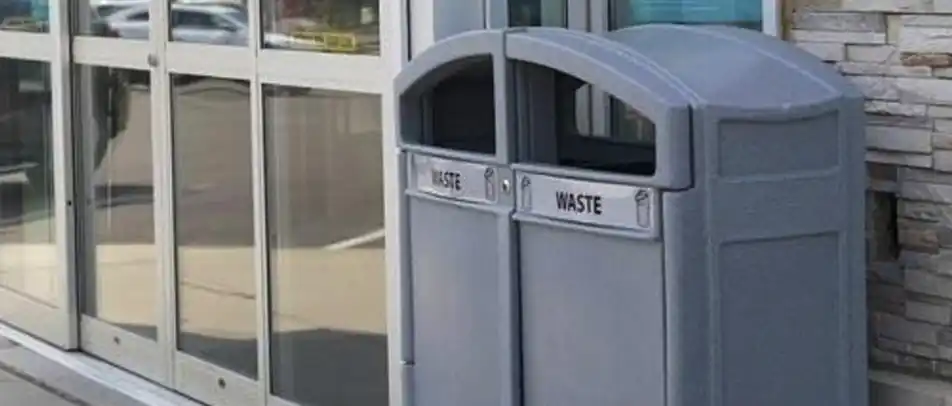
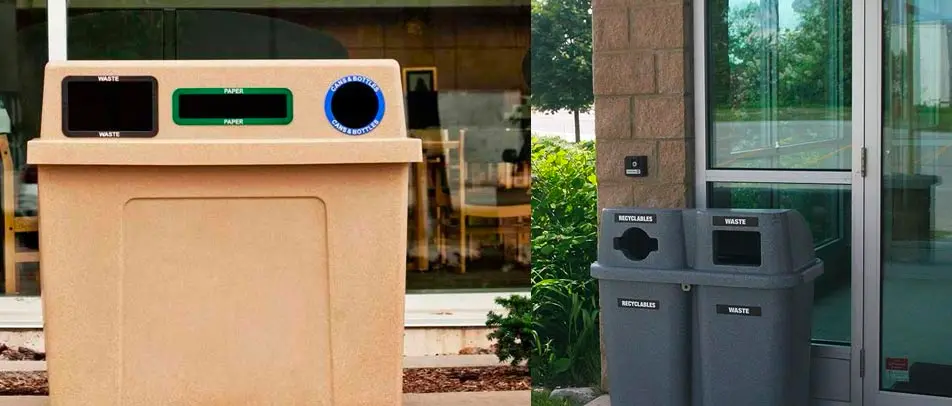
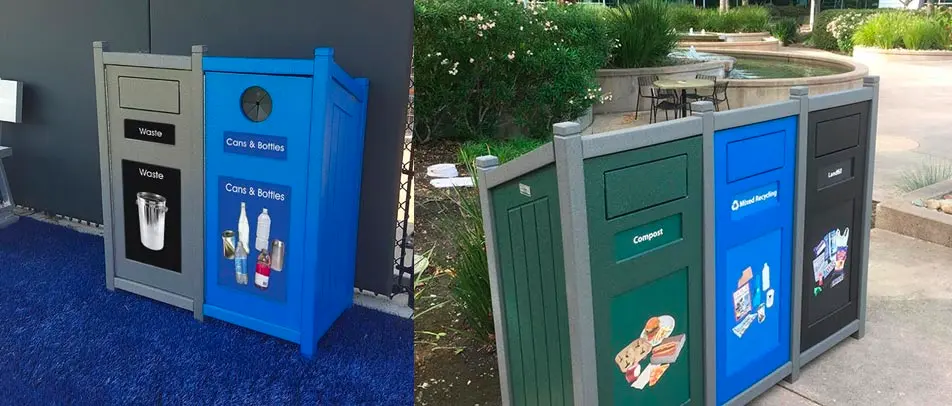
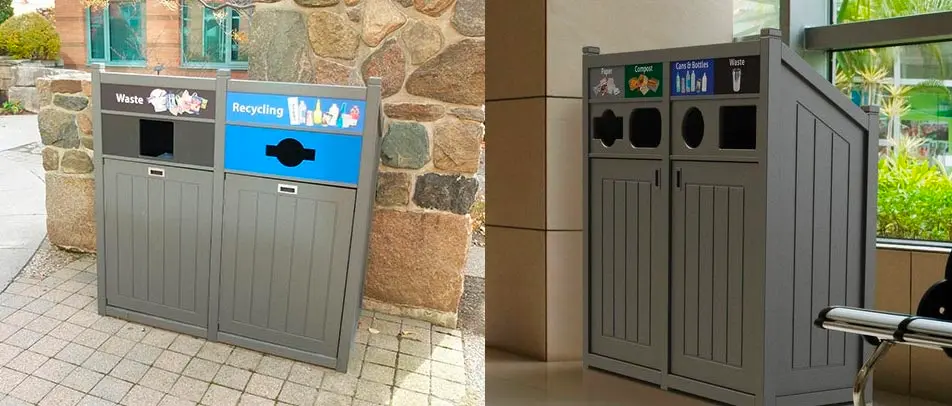

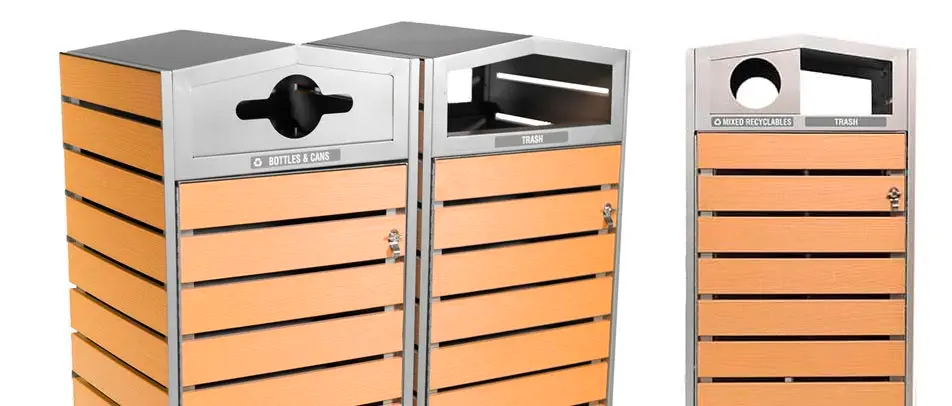

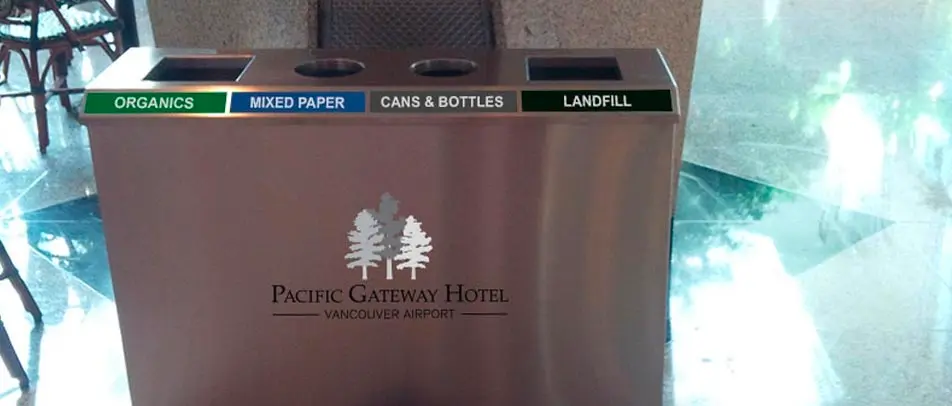

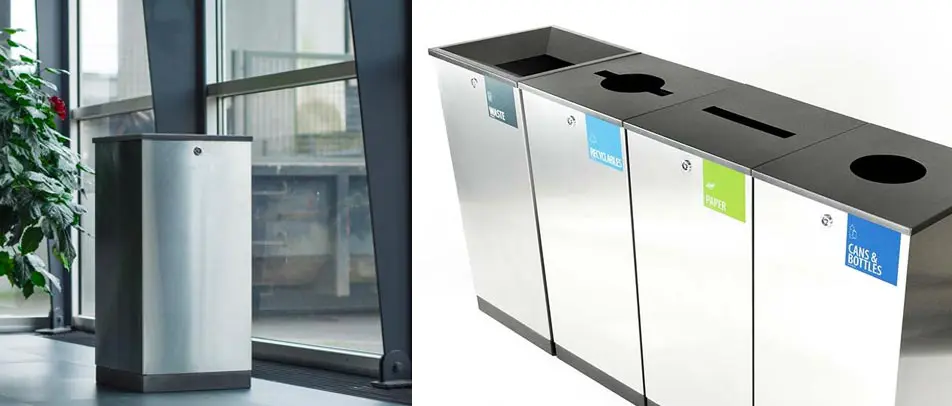
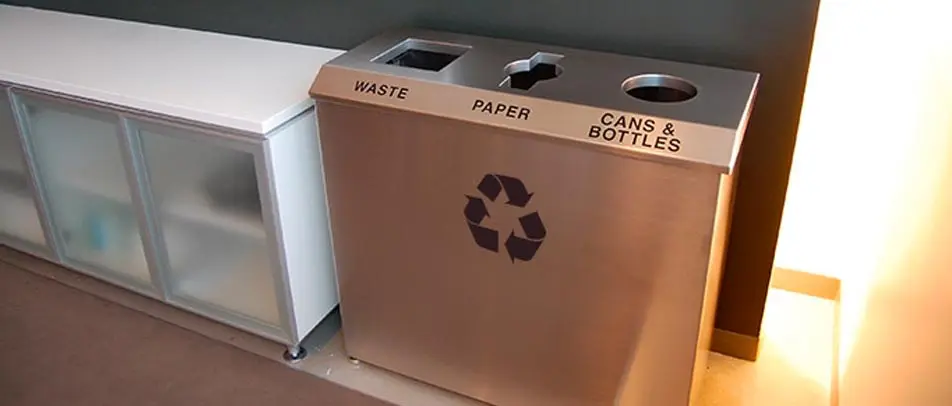
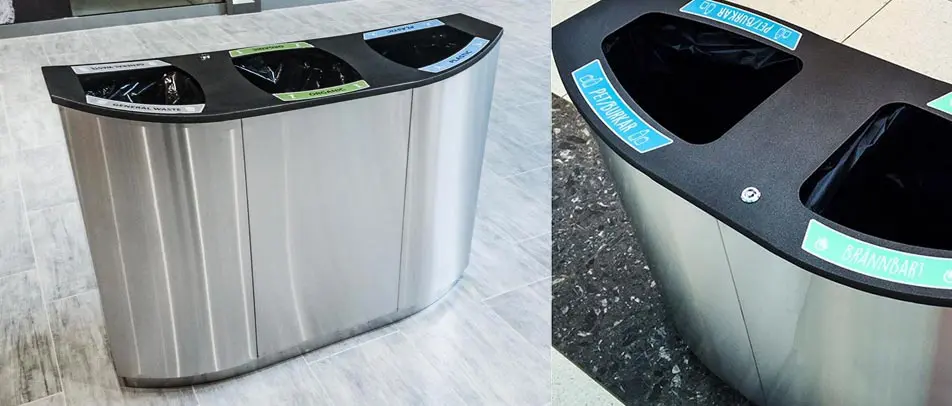

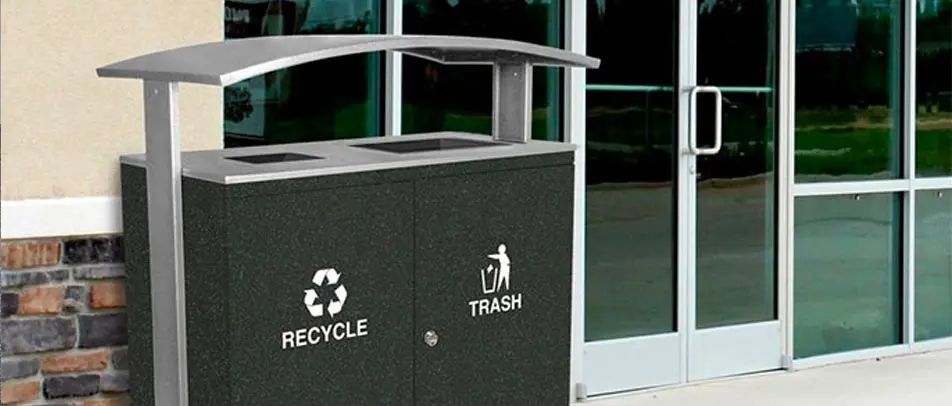
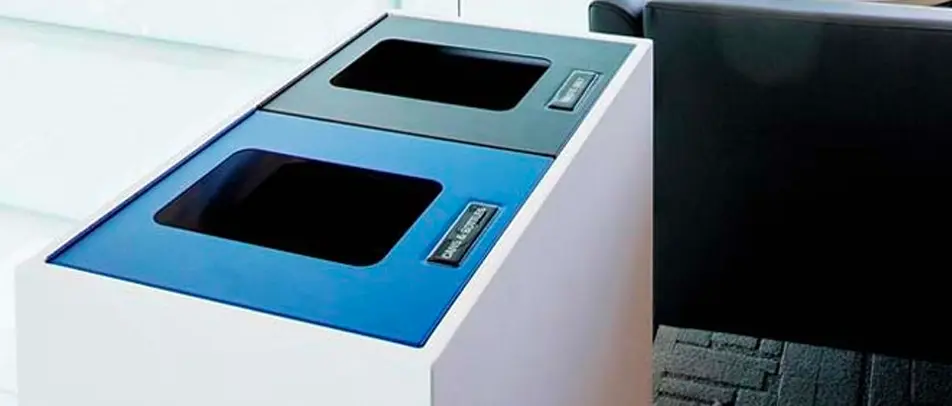
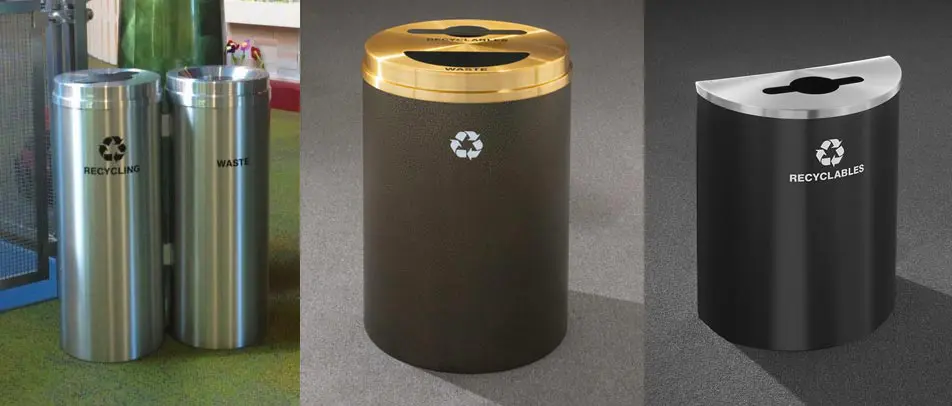

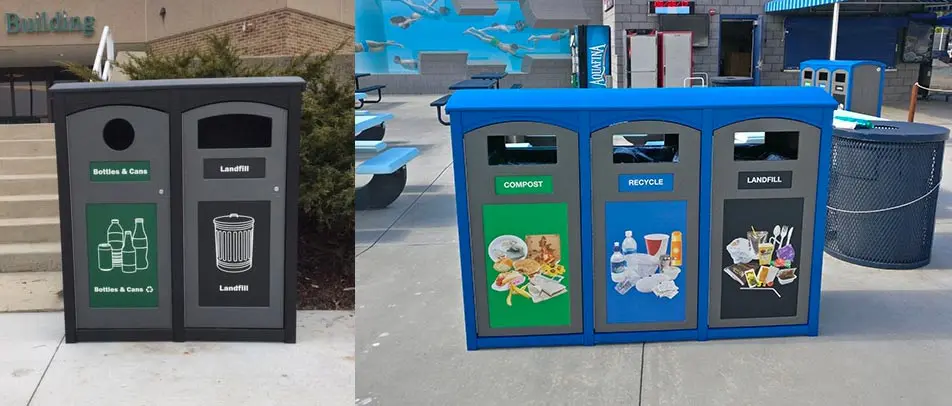
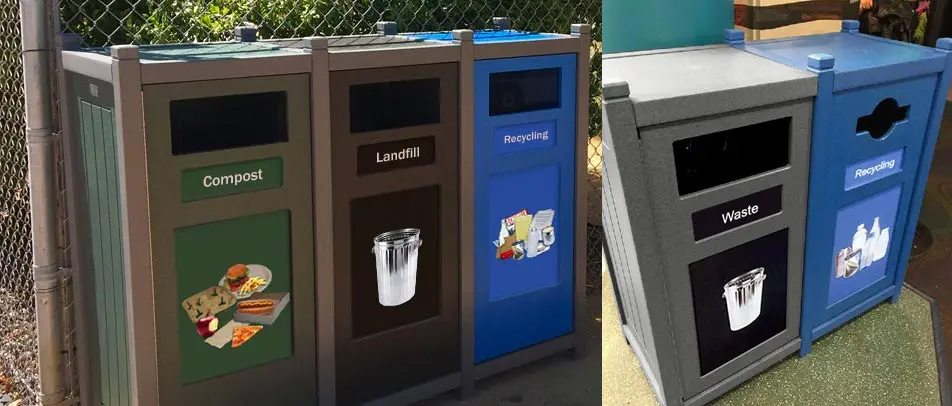
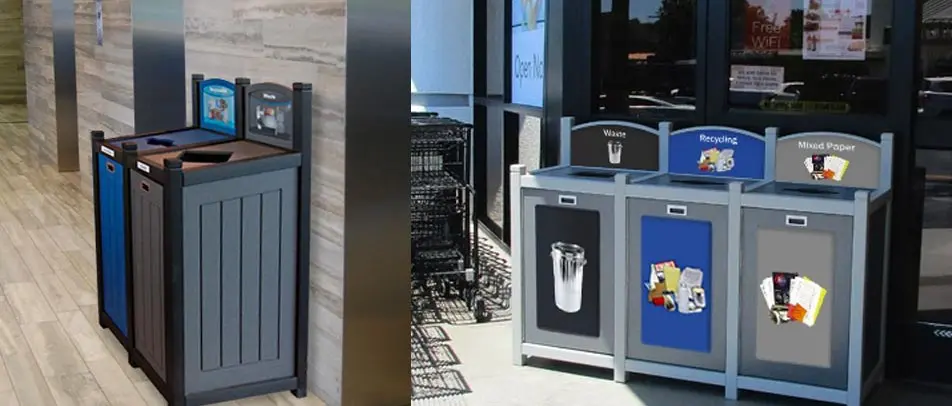


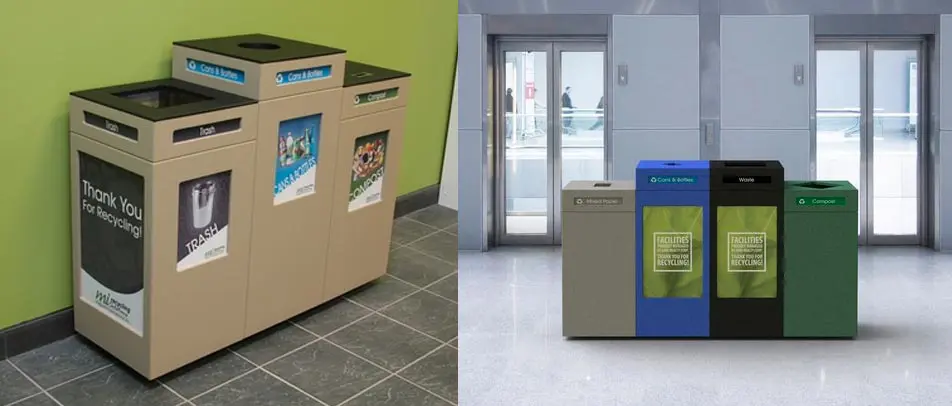
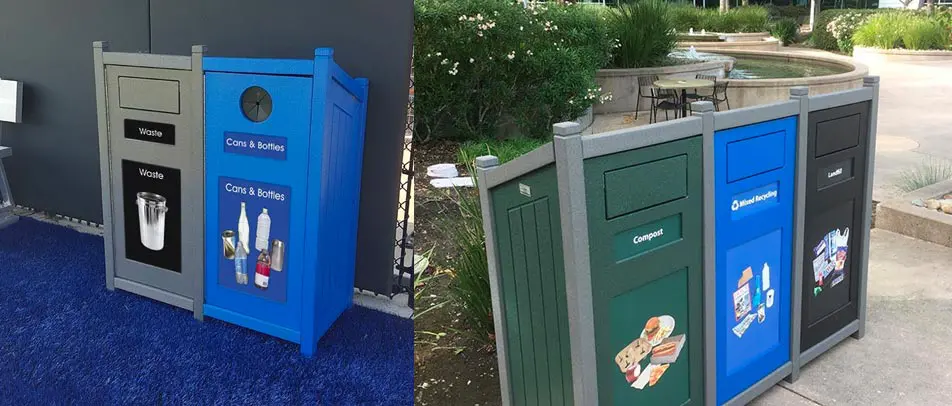
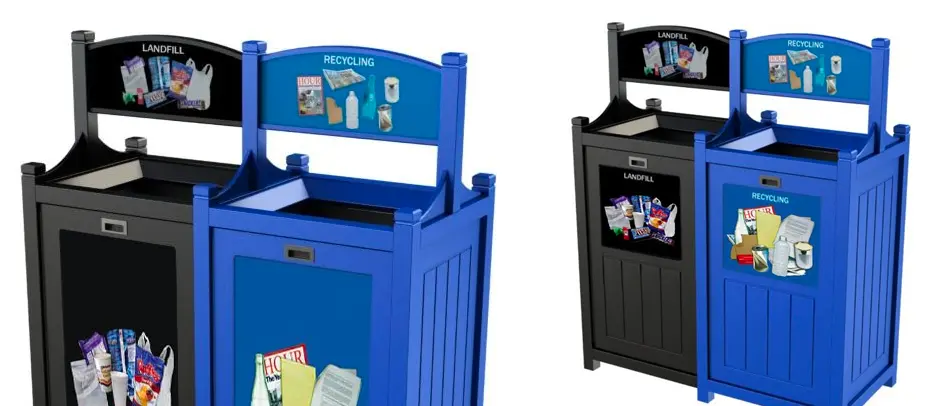


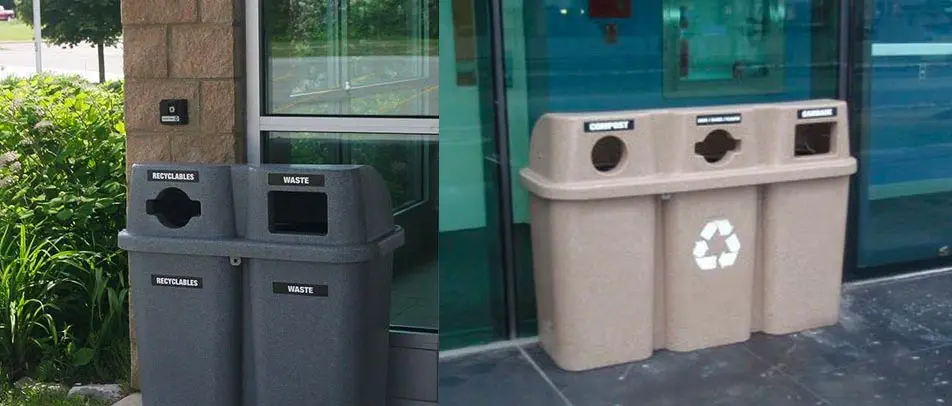
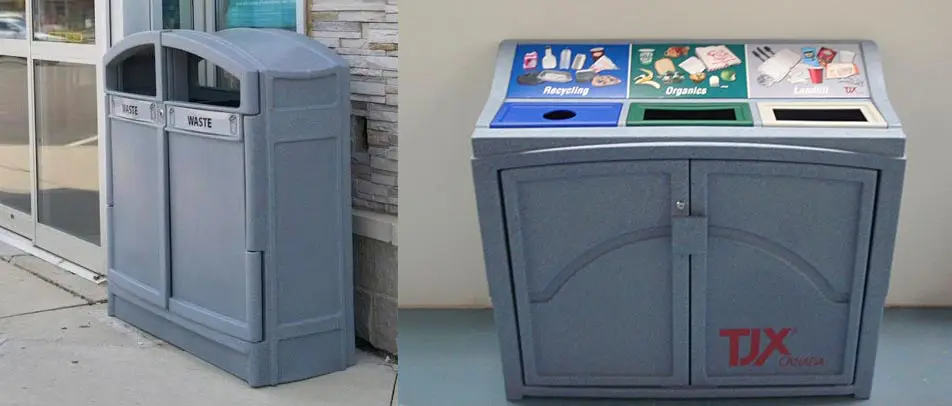
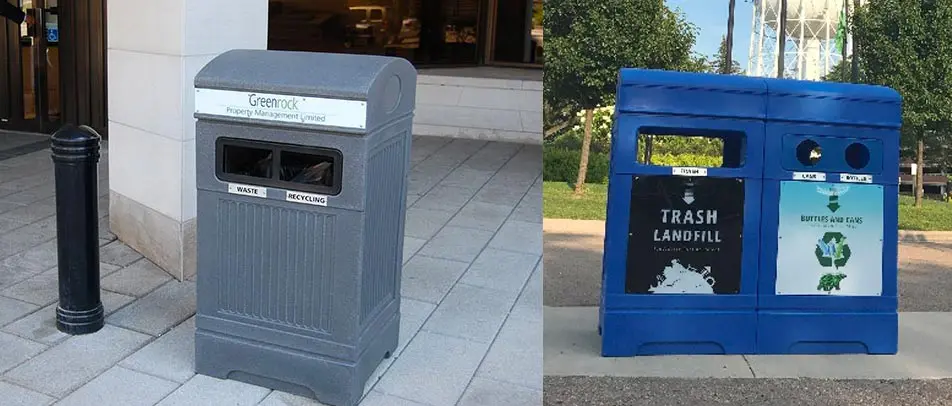
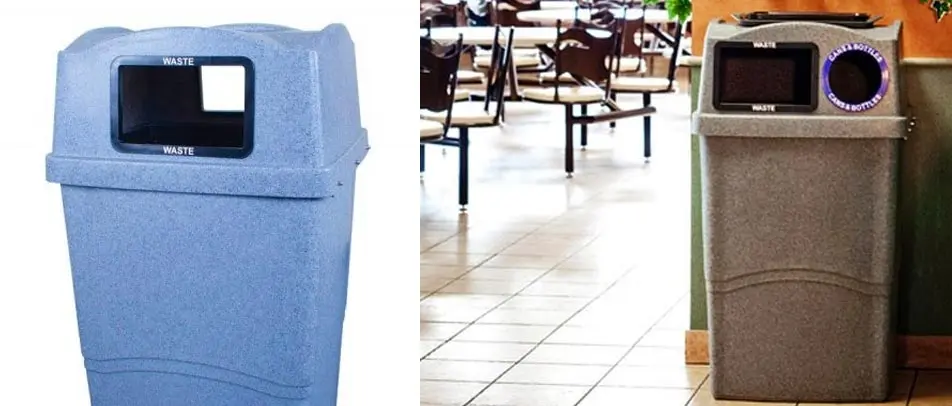
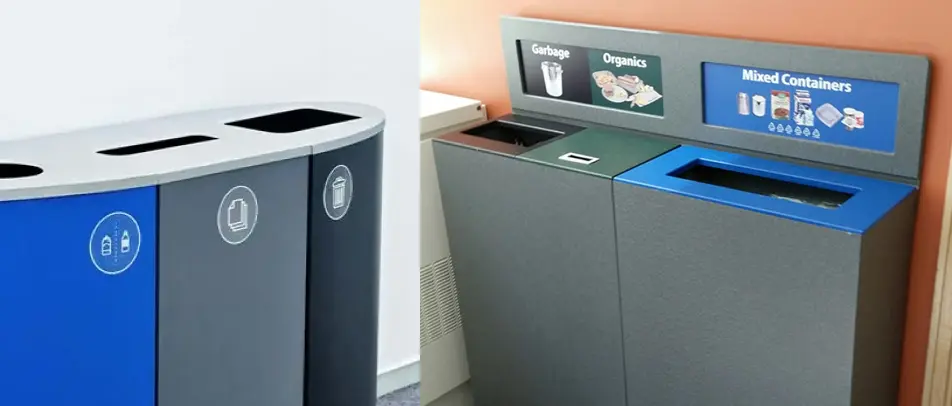
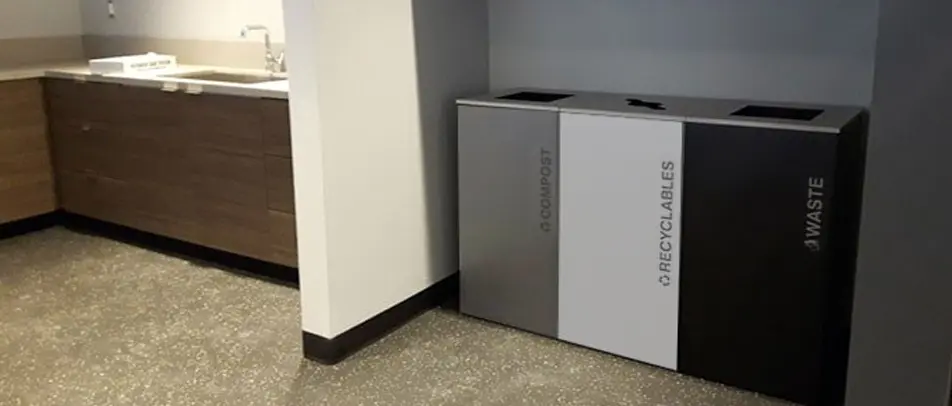
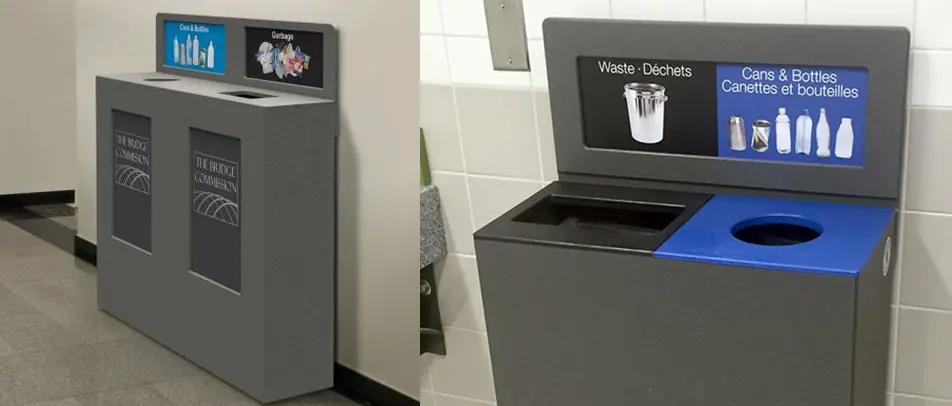
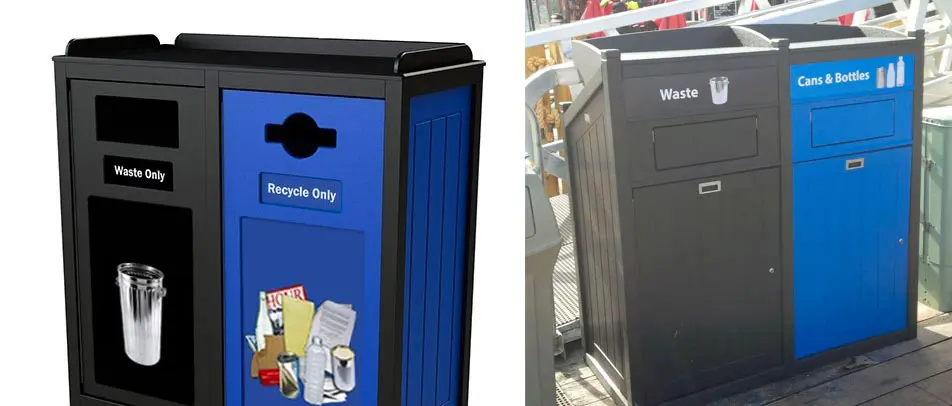
























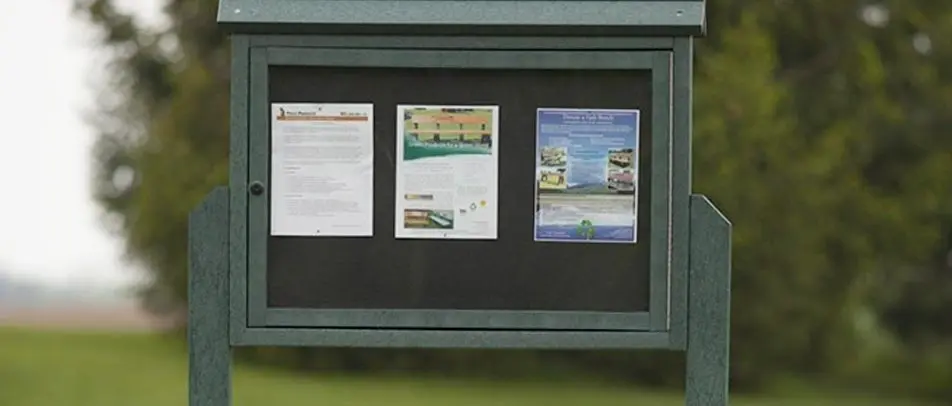
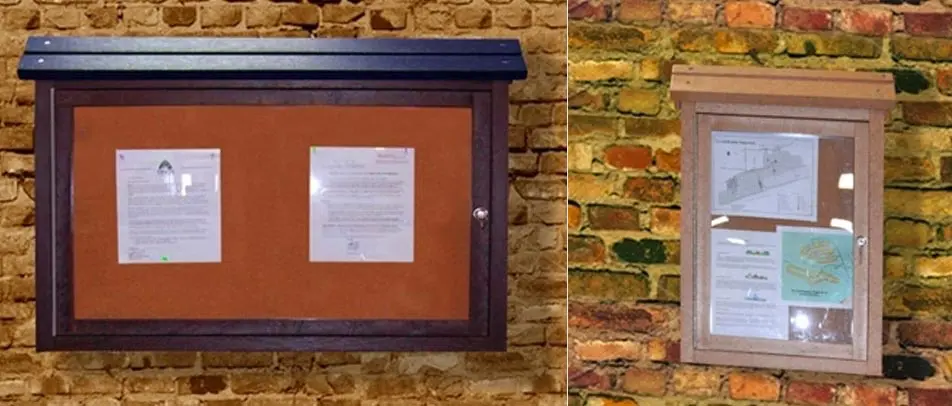






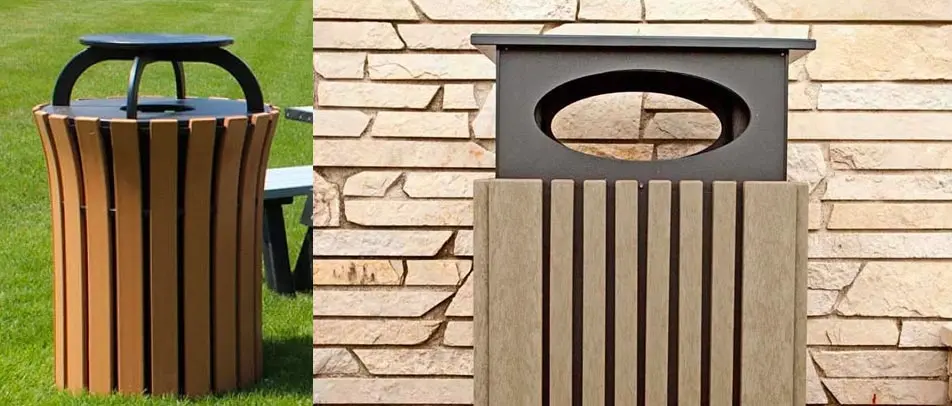


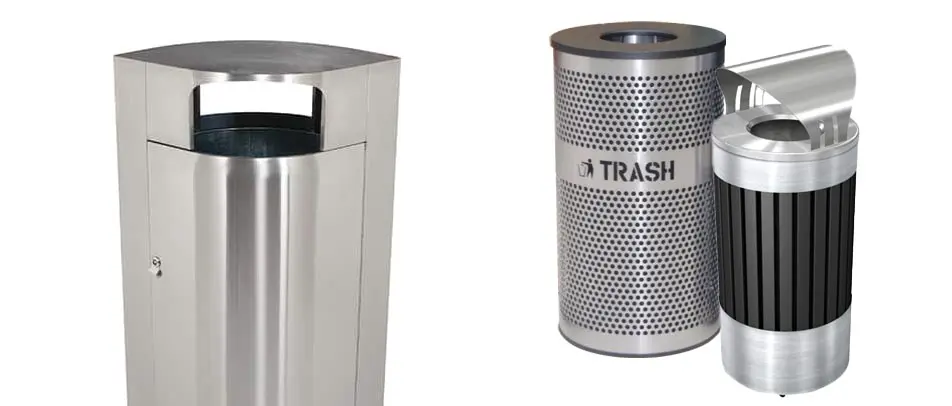

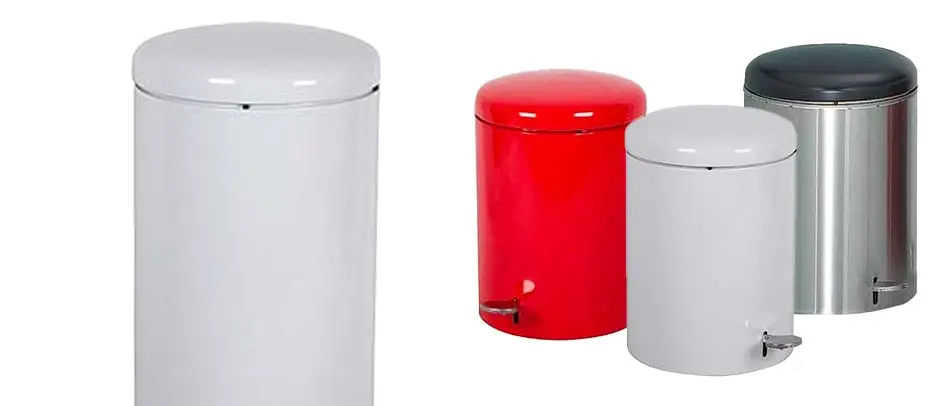





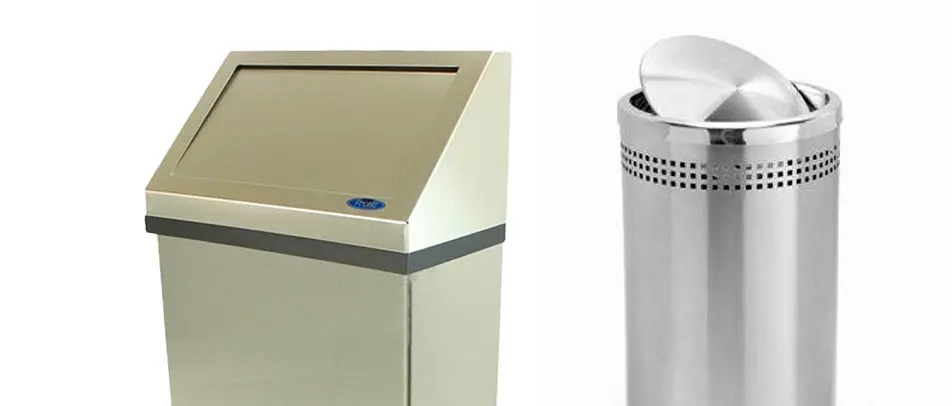


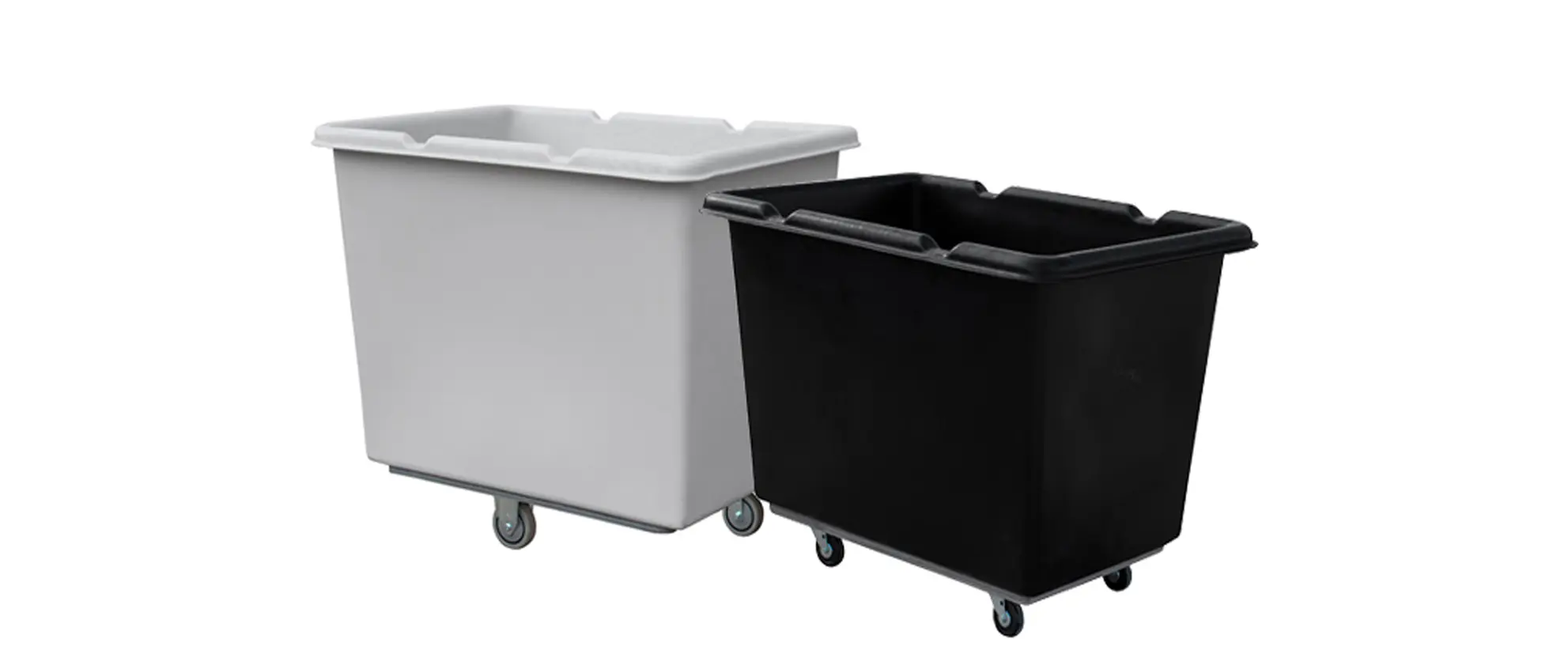




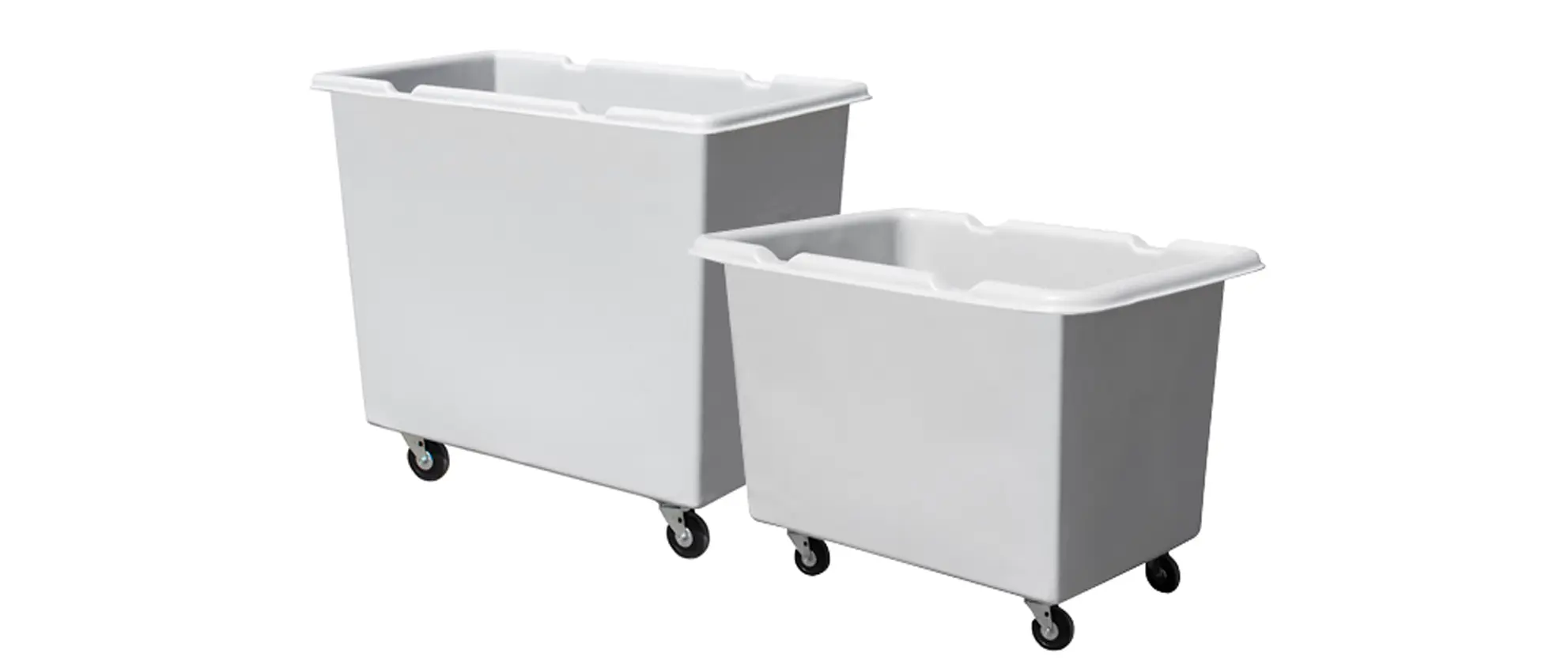


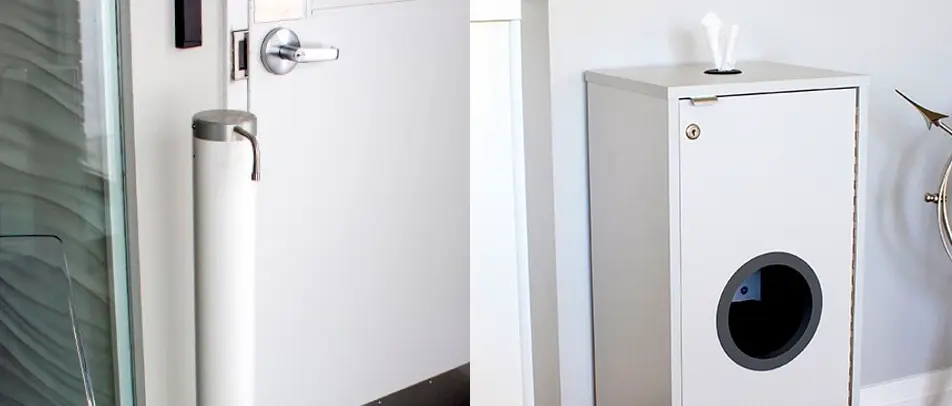





 Three Ways to Engage Teams and Clients to Maximize Your Recycling Program Engagement
Three Ways to Engage Teams and Clients to Maximize Your Recycling Program Engagement  How to Integrate Accessibility Into Your Sustainability Planning
How to Integrate Accessibility Into Your Sustainability Planning  Why Park Benches Can Promote Workplace Well-Being
Why Park Benches Can Promote Workplace Well-Being 
